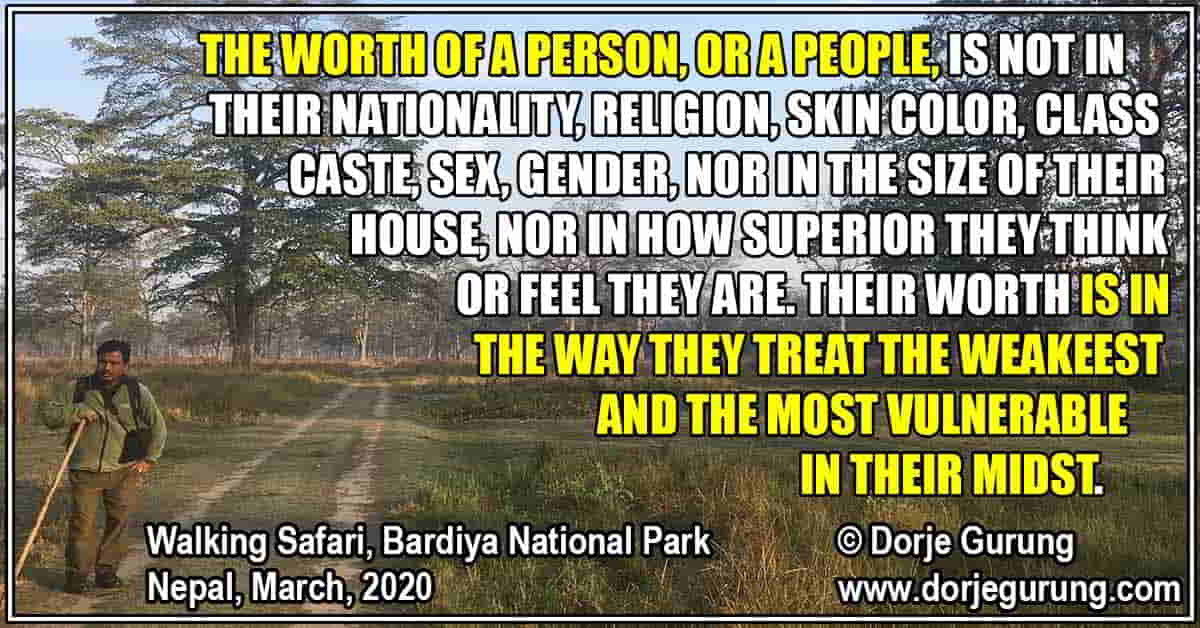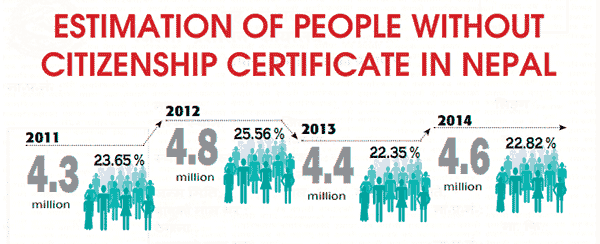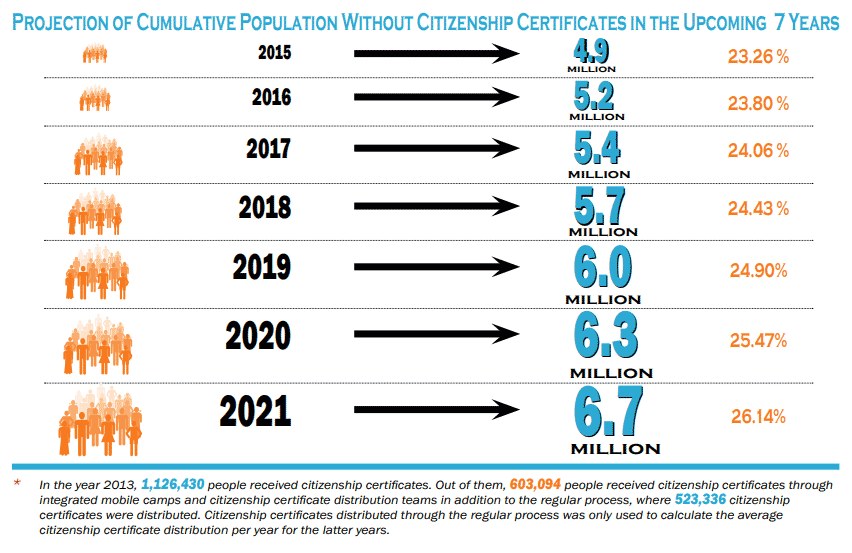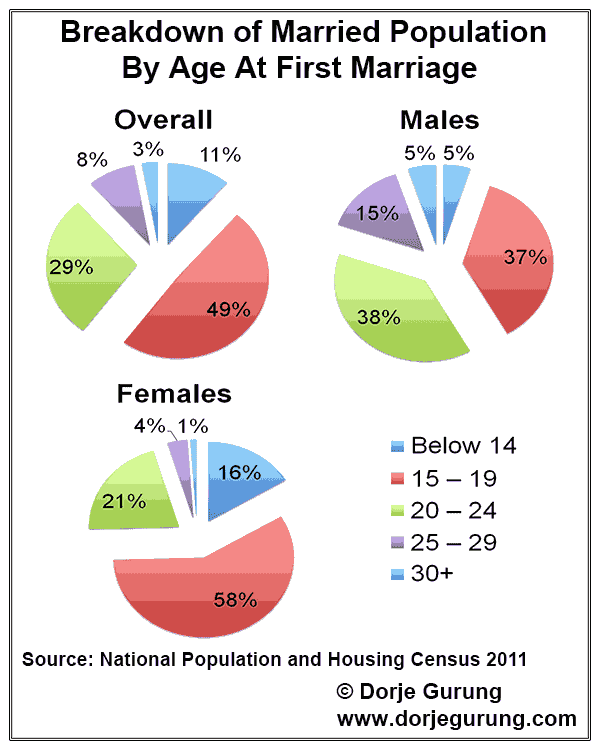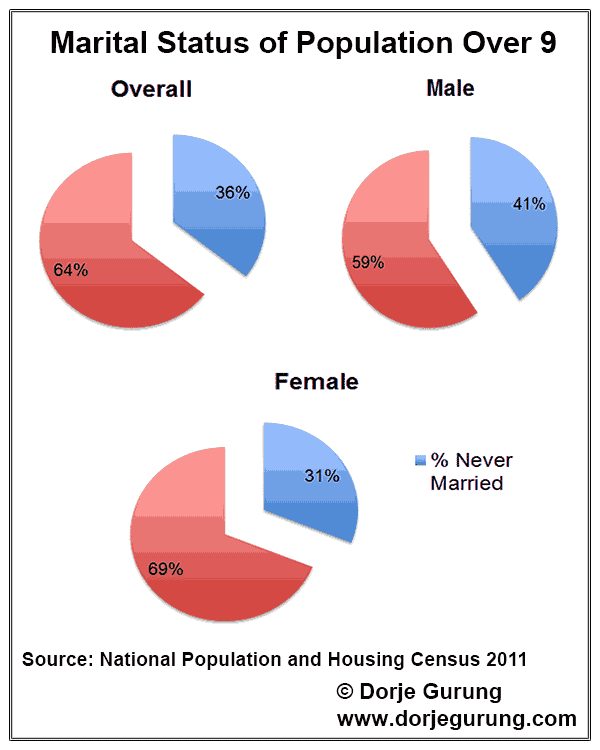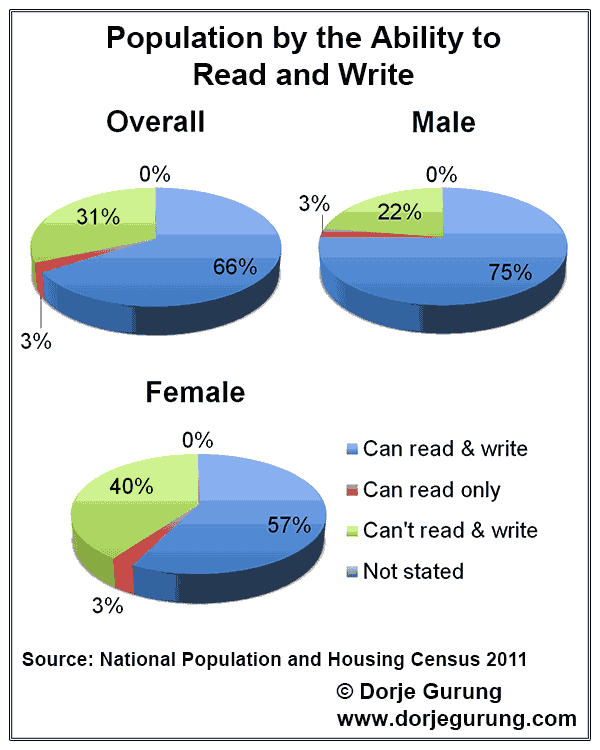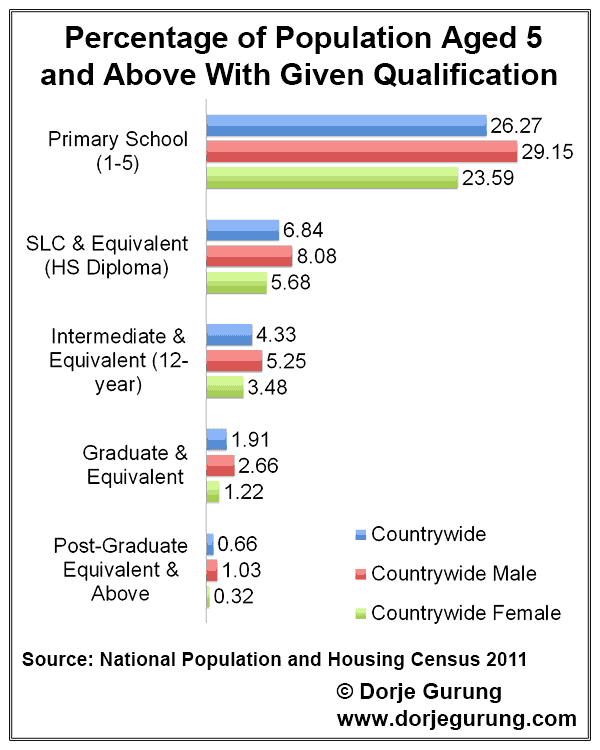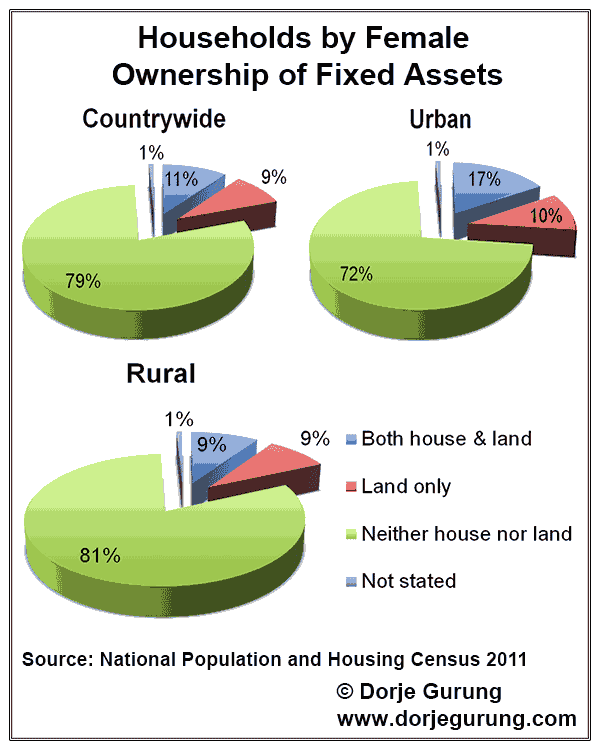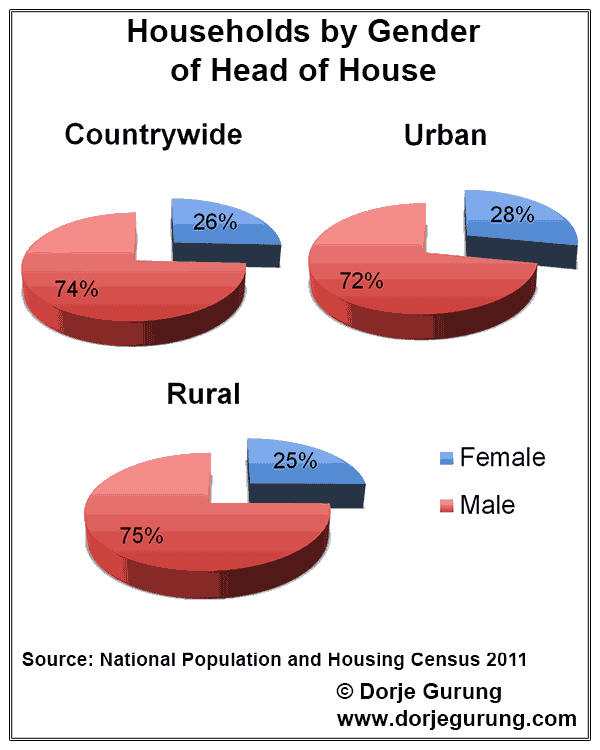Citizenship and the right to pass it on is a basic human right but NOT granted to females in Nepal. One reason? Very narrow-minded rastrabaadis (“nationalists/ultranationalists”).
Arbitrariness in implementation even when that right existed for females for quite some time before the 2015 constitution and now the blatantly discriminatory provision, I believe, has led to the country losing out on a significant human resource that many likely don’t have a clue about. Additionally, in the way the State of Nepal has been treating those without citizenship papers, we have demonstrated how inhumane a State we are.
One of d most popular arguments AGAINST equality in the citizenship provision, put forward by rastrabadis, for example, is this cooked up, irrational fear of “half-Nepalis” — children of women married to internationals — “selling” the country, as if like the “full fledged” Nepalis haven’t done that already…multiple times over!
I am intrigued by the fact that rastrabaadis will accept the potential EXTREME outcome of equality in provision in the constitution bringing great harm to country (see image).
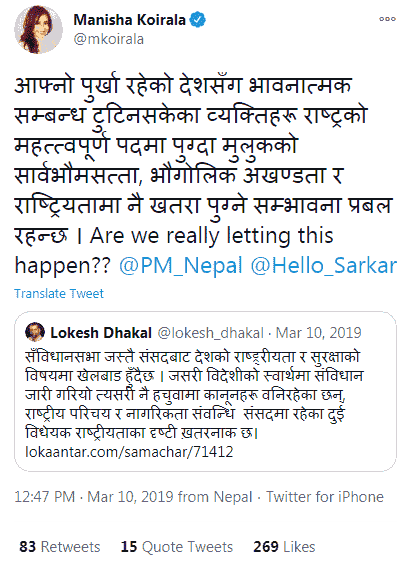
The above tweet by Manisha Koirala, a Nepali actress who was huge in Bollywood in the nineties, and the one made by Lokesh Shakal says the following:
“When those whose emotional ties to the country of their ancestors have NOT been severed reach important positions in the nation, there is a strong possibility of endangering the sovereignty, geographical integrity, and nationhood of the country. Are we really letting this happen??”
“The Constituent Assembly, just like the constitution, is playing games with nationality and security of the country. Just as the constitution was promulgated to serve the interests of foreigners, laws are being made ad hoc. The two bills in the parliament on national identity and citizenship are dangerous for the nation.”
What is doubly surprising about the tweet above is the characteristics of Koirala’s own family spelled out in the following tweet by Sabitri.
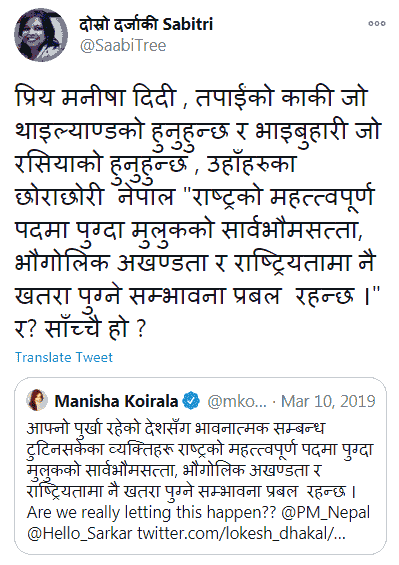
Sabitri says:
Dear Sis Manisha, you know you have a Thai aunt and a Russian sister-in-law, and when their children “Occupy important positions in the country, there is a strong possibility of endangering the sovereignty, geographical integrity, and nationhood of the country.” And? Seriously?
To reiterate, the argument used by Koirala and Dhakal is NOT unique. Rather one of the more popular ones used by the rastrabaadis. Worse, the fear that Nepali women in general might marry foreign men and sire children who may “sell” the country is not just some vague and amorphous fear plucked out of nowhere just for the sake of making an argument, as ridiculous as it is. It’s a very particular fear — a fear of Nepali women of the Plains along the southern border with India marrying Indians across the border and their children “taking over the country”! Of course, you have to be quite some rastrabaadi to believe in — and fear — some sh*t like that.
I have yet to see rastrabaadis entertaining or accepting the potential EXTREME loss to the country WITHOUT the provision. I have yet to see or hear rastrabaadis weighing in the possibility that we may have rendered invisible potential MAJOR CONTRIBUTORS.
How many POTENTIAL Einsteins of mothers who couldn’t pass on her citizenship to them have been/are prevented from realizing their human potential? When many members of a society are prevented from realizing their potential, the community, the society, and the country loses out, of course! (What is human potential anyway?!)
Are the rastrabaadis aware of those numbers? Likely not, but I have them.
Results of a study conducted by the Forum for Women, Law, and Development (2015) to determine the number of those in Nepal without citizenship card discovered the following. Of course, there’s some telling pattern.
The [2013] study also estimated the district-wise ratio of people without citizenship certificate. Kanchanpur had the lowest percentage of individuals without citizenship certificates (1.74%), followed by Saptari (11.18%) and Dailekh (13.70%). Manang had the highest percentage of individuals without citizenship certificates (43.39%), followed by Humla (42.50%) and Mugu (41.11%). The study also estimated the ratio of individuals without citizenship certificates on the basis of geographical region. The Hill region had 28.5% of individuals without citizenship certificates per district while the Terai region had 17.5%. The Mountain region had the largest percentage of individuals lacking citizenship certificates per district, at 34%.
The publication of the study further estimated the numbers in 2011 to be 4.3 million, about 24% of those aged 16 and over, i.e. one in four — ONE IN FOUR!!
See below for the projected numbers. Note the number of estimated number of those without citizenship in the country in 2015 was 4.9 Million, also about 24%, and right now the number is 6.3 million!
The rastrabaadis — or even you — might think those numbers are over-inflated. They are NOT!
But before that, the following chart breaks down the demographics by the age they were when they first got married (off).
A whopping 80% of males and 95% of females had been less than 25 when they got married! Three out of four females had been married off while still a teenager — A TEENAGER!
Here, however, is the surprise (see image below) — population over nine years of age broken down by their marital status!
So, in a country where the inevitability of marriage is accepted by a vast majority as the rising of the sun in the morning, where marriage is a major rite of passage that a vast majority believe one must go through for “happiness,” and MOST who do go through with it do so pretty early in life (almost 9 in 10 before turning 25) without questioning it much — how is it that two in five men and almost one in three women over the age of nine had NEVER gotten married (off)?
In absolute numbers, that’s 7.4 million! Do you see where I am going with this?
Of course, there MUST be a number of different reasons behind that. Could the MAIN reason be an awareness of the MAJOR issues with the institution of marriage in the country? There’s bound to be some awareness of that and I am sure it is one of the reasons for some or even many choosing to remain single. But that’s likely NOT the MAIN reason.
(Among those with that awareness, my guess is that females outnumber males because most of the issues with the institution of marriage in Nepal bring pain and suffering on the former. I once even declared to an international friend that were I a Nepali female, I would NOT marry a Nepali man!)
Why would awareness not be the main reason? The level of education of the population.
To begin with, in spite of campaign after campaign to this end, we still don’t even have 100% literacy (see image below). Only two out of three (66%) can read and write. Worse, 40% of females and 22% of males still can’t read and write. Given the slightly higher percentage of females than males in the country, almost twice as many females can’t read and write as males.
Furthermore, according to the same census report, less than 10% of five and over have 12 or more years of education (see image below).
I should point out the poor level of education in the population is partly to blame for so many rastrabaadis holding that irrational fear of “non-deserving” citizens “selling” the country.
Given 66% literacy level and less than 10% with 12 or more years of education, could an awareness of the issues with the institution of marriage be the single biggest reason for such a huge percentage remaining single? Highly unlikely.
At least for the females, economic independence is a consideration with that decision, which likely only a small percentage enjoy. How small? I’m just going to share, without commentary, two sets of data which hint at the relatively small numbers.
The only comment I’ll make is that asset ownership is NOT the absolute or even the best indicator of economic independence. But it gives some indication of the level of economic independence, especially in a country where we have a high level of “rent-seeking” mentality.
Could being afflicted with mental health issues, disability — physical, mental, emotional — and poverty be the reasons behind such a high percentage choosing to remain single? The prevalence of those suffering from mental health disorders among the population is high — estimated at 37.5%! The question however is, to what extent do families refrain marrying off children suffering from such issues? My sense is that not to the extent to make that demographics the main group of those who never married.
For one, we have a stigma against suffering from mental health issues and what most do is to hide and deny it. For another, parents of such children — for lack of knowledge and understanding about the issue, for instance — likely “believe” marrying off a child suffering so will “rehabilitate” or “cure” him — yes, often him. There is general belief among Nepalis about the “redeeming” qualities of conjugal life — some very strange! The general belief about good-for-nothing sons, for example, is that getting them married off will “straighten him out” or “put him on the right path.” And if marriage does not appear to have worked, the belief is that the bride bearing him a child will do the trick!
What’s the biggest contributor then? My hypothesis?
A majority of the 7.4 million of nine and over who never married are the ones who CAN’T — the home-born “refugees.” They can’t because they don’t have the necessary papers — citizenship papers. To register a marriage you must prove your citizenship. Another evidence which support that is the fact that a vast majority of those who do go through with it do so so very early in life!
An estimated 4.3 million in 2011 and 6.3 million NOT having citizenship card in the country no longer sound as over-inflated now as they did in the beginning, do they?
That is NOT to imply that the paperless don’t marry at all. I am sure we do have paperless Nepalis who are also married. They likely just never registered with the local authorities! They are likely in the minority however.
What percentage of them are stateless — home-born “refugees”? That is, what percentage of those applied for but was denied citizenship papers? We don’t have any estimate for them. If I had to guess, it would be a majority.
Of course, unable to get married (off) is but ONLY one of the MANY things “refugees” can’t do. They can’t go to college, they can’t get jobs, they can’t open bank accounts, they can’t vote, they can’t get a passport, they can’t travel, they can’t own property etc. — they can’t do most things that citizens can and take for granted. And in Nepal’s case, those who can’t do that number in the MILLIONS and represent a significant percentage of the population.
Given that, the human resource the country has potentially lost, by EXCLUDING them like so, is likely huge!
Here’s but just one example of someone whose contribution we will likely lose out on because he can’t get Nepali citizenship through his mother, a Nepali! (Good thing he can through his father and enjoy the privileges of being a citizen of his dad’s country, otherwise he wouldn’t exist at all!)
How many like him with exceptional or extraordinary skills are there? We will never know.
Apart from losing pretty much all of the most basic human rights, the stateless are treated as if they don’t exist AT ALL even during the direst of moments by the State of Nepal in an extreme display of inhumanity.
In the biggest natural calamity in living memory, the megaquakes of 2015, Maya Gurung, 73, lost the little shed that was her only shelter. But because she did NOT have any papers to prove her citizenship, she received NO relief nor compensation to rebuilt her home. Until just a month or so ago, she had been living in a “shed” without walls and just zinc sheets overhead.
According to satellite imagery, the mega-quakes caused 500,000 houses to collapse and an estimated 2.8 million in need of humanirtarian assistance. How many of those were the houses of the 4.9 million without citizenship papers? How many of the 2.8 million were those without citizenship papers? Likely a significant percentage but they all likely suffered Gurung’s fate.
Forget the them, I read stories after stories about the so-called lower castes, especially the Dalits, being bypassed for relief in the aftermath of the quakes. So much so that in June of that year I published a blog post called Want Compassion? Show Compassion! If as a State and people, we treat even fellow citizens that way, why would we treat those without papers or the Stateless any better?!
The situation during these unprecedented time of the coronavirus pandemic has been no different. To receive even the meager relief the government provided in some places during the lockdown, you had to prove your citizenship (see tweet below and follow follow the link for more).
GoN evacuates students from Wuhan & Australia, but NO poor migrant workers around d world.
At home requires citizenship proof for relief materials! Abt 25% of 16 & over have NO citizenship. We have lost our #humanity!#Nepal #COVID #COVID19Nepal #Lockdown https://t.co/mcva31m5MF
— Dorje Gurung, ScD (h.c.) (@Dorje_sDooing) May 4, 2020
Additionally, the following circular (see image below) issued by the Ministry of Health and Population, dated Mangsir 11, 2077 (November 26, 2020), says that citizens can avail themselves of FREE PCR tests for COVID-19 at public laboratories and free medical care at public hospitals. Very generously, the circular also says that such benefits are also available to refugees with papers, that is to refugees from third countries.
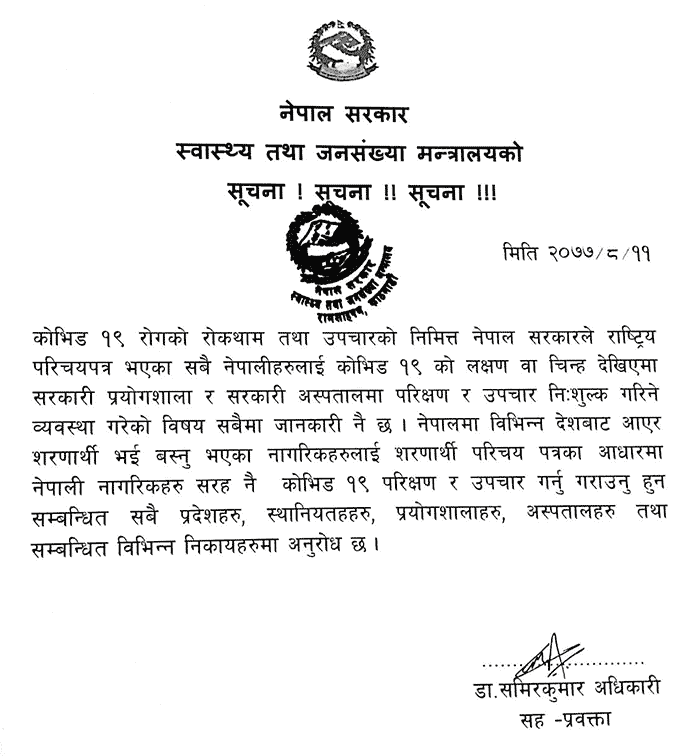
In other words, it’s tough luck for home-born “refugees”! Among the estimated 6.3 million without citizenship papers are likely to be those who lost everything to the mega-quakes, never had any opportunity to recover but somehow managed to survive. The quakes notwithstanding, for obvious reasons, they are likely to be some of the poorest and the most vulnerable.
How many of them have just disappeared without any trace during these times of the pandemic because they didn’t exist to begin with anyway? We will never know. In other words, Nepal is a State that has consistently turned its back on the most vulnerable within its borders — women and those without papers (in addition to children and Dalits, the so-called “untouchable” caste)!
Of course, that’s not really surprising! No different from the rulers of the old, even the democratically elected leaders, a majority of whom have always been and still are old Khas-Arya men — born into privilege and with a sense of entitlement — have been in it for solely money and power.
We may be the country where the historical Buddha was born and we Nepalis may take pride in that! But we are also the country where compassion, empathy, and humanity, what Buddha propounded, has died. We should be ashamed of that because Buddha would be…I think so anyway!
What do you think?
Updated with distinction between those without citizenship papers and the stateless — those denied citizenship paper when they sought it.
Feb. 20, 2022 Update
Adding an update since there appears to have been a change in the policy — appears!
Authorities had not changed their policy even by January 15, 2022.
"Citizenship certificate or any other identification certificate issued by the gov't is a prerequisite to get the Covid-19 vaccine."
— Dorje Gurung, ScD (h.c.) (@Dorje_sDooing) January 15, 2022
To reiterate: #Nepal has lost its #humanity (& its head)!
(Estimate of citizenshipless? 25% of 16 & over!)https://t.co/lH9OJ9vSfg
However, on Feb. 7, 2022, the COVID-19 Situation Report published by the Ministry of Health and Population showed that 88.4% of the population had received the first dose!
Apparently 88% of target population (>17 yrs old) have received at least 1 dose of vaccine (img 1)!
— Dorje Gurung, ScD (h.c.) (@Dorje_sDooing) February 7, 2022
According to 1 study, citizenshipless population >15 yrs of age is ~25% (img 2) (src: https://t.co/1KjHaqi4hq)
Does that mean they are vaccinating everyone? #Nepal pic.twitter.com/RBOI2SzFgK
Taking the numbers at face-value, the authorities appeared to have vaccinated Nepalis who aren’t citizens. Of course, the explanation for the unusually high level of first dose inoculation of the population could just be in numbers and NOT in reality. That is, I have heard of and read about many irregularities in our vaccination campaign and, as such, the number of the first dose administered might NOT be translated directly into the number of unique individuals inoculated with the first dose.
So, I followed the above tweet with this one:
Or,
— Dorje Gurung, ScD (h.c.) (@Dorje_sDooing) February 7, 2022
am I just being
too optimistic?
That is, those numbers
are off in some way.#Nepal #COVID #COVIDVaccine
And then on Feb. 16, it was reported that the Government was vaccinating everyone! Trying to give them the benefit of the doubt, I tweeted the following.
Looks like Ministry of Health & Population has grown/sprouted some #Humanity!#Nepal is vaccinating anyone & everyone regardless of their citizenship status. #COVID #COVIDVaccine
— Dorje Gurung, ScD (h.c.) (@Dorje_sDooing) February 16, 2022
(source: https://t.co/iCHsR7OPs0) pic.twitter.com/dtplK9Rk0Q
But of course, again, the explanation could just be as mundane as the Government saying that all of a sudden now, after a whole year of running the campaign, in order to make sense of — or explain — the numbers!
Relevant References
The Kathmandu Post (March 24, 2019). Delay in decision over citizenship through mothers leaves young people waiting—and without much hope.
Himal Southasian (Nov. 19, 2020). Nepal’s citizenship battles. Excellent write-up including a brief history of how the citizenship provisions evolved.
Nepali Times (Dec. 19, 2020). Nepal’s unequal Citizenship Law.
The Record has published a number of excellent articles on the issue of the highly discriminatory citizenship provision. Click here to go to the page listing many of them.
Naya Patrika (Sept. 12, 2020). ‘हाम्रो कथा सरकारलाई सुनाइदिनू’ Some representative stories detailing the plight of stateless Nepalis in t the country. [Added on Jan. 2, 2021.]
OnlineKhabar (May 23, 2021). भोकै मर्नुपर्ने समुदायको कुरा सुन्ने निकाय नै छैन | (No Branch of the Government Exist That Cater to Those Dying of Hunger). “राज्य र नागरिकबीच अनुबन्धका लागि नागरिकता आवश्यक हुन्छ । दलितभित्र पनि मधेशी दलित छन् । मधेशी दलितभित्र पनि सीमान्तकृत मुसहर समुदाय छ । मुसहर समुदायका करीब ३५ प्रतिशतसँग नागरिकता छैन । उनीहरू राज्यलाई कर त तिर्छन् तर राज्यबाट पाउने सुविधा केही पाउँदैनन् ।” (35% of the poorest of the poor Madhes Dalits, the Musahars, don’t have citizenship papers.) [Added May 23, 2021.]
The Kathmandu Post (Jan. 12, 2022). Authorities fail to boost vaccination rate even as coronavirus cases surge. Two years into the pandemic, just as with relief materials, tests, and treatment, the government of Nepal displays the same inhumanity when it comes to vaccination against COVID-19. “Citizenship certificate or any other identification certificate issued by the government is a prerequisite to get the Covid-19 vaccine.” [Added Jan. 26, 2022.]

